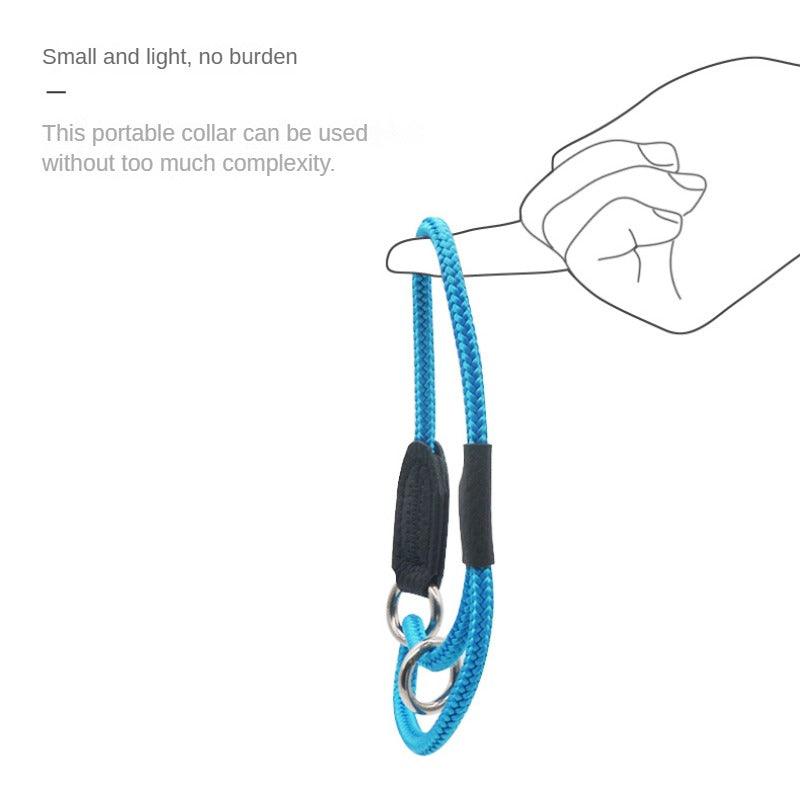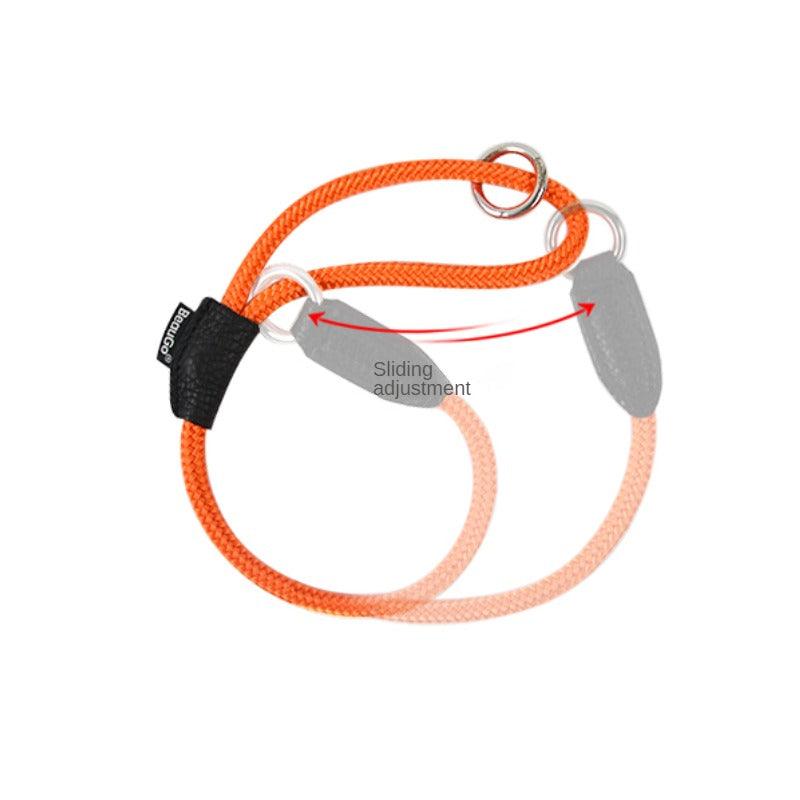KIKOPALS’ cat training and behavior collection offers essential tools and accessories to help you cultivate positive behaviors in your feline friend. From training collars and leashes to specialized accessories, our products are designed to promote effective communication, ensure safety, and enhance your cat's overall well-being. Whether you're working on basic obedience, managing behavioral issues, or enriching your cat's environment, KIKOPALS has the right solutions for every cat owner.
Our training collars, leashes, and harnesses are perfect for teaching your cat how to walk on a leash, allowing them to explore the outdoors safely. Our adjustable harnesses provide comfort and security, preventing escapes while giving you control during walks. Available in various sizes and styles, our training collars are designed to provide gentle guidance without discomfort. Whether you choose a standard collar or a specialized training collar, these tools make it easy to train your cat to follow commands and behave properly in various environments.
KIKOPALS also offers a selection of training leashes that provide durability and ease of use during training sessions. Our leashes come in different lengths to suit your training needs, from short leashes for close control to longer options for more freedom. Designed with comfortable grips and strong materials, our leashes are perfect for everyday walks or training exercises, helping reinforce good behavior and obedience.
In addition to collars and leashes, our accessories are crucial for creating a well-rounded training routine. This includes items such as clickers, which provide a positive reinforcement method for training, allowing you to reward desired behaviors effectively. Our training pads can assist with housebreaking, offering a designated space for your cat to learn proper elimination habits.
For managing behavioral challenges, KIKOPALS provides deterrent sprays and calming aids designed to address common issues such as scratching or anxiety. These products help create a peaceful home environment, making it easier for you and your cat to coexist happily. By using our behavior management tools, you can redirect unwanted behaviors into positive actions, ensuring a well-adjusted pet.
With a variety of effective training tools and behavioral aids, KIKOPALS’ Cat Training & Behavior collection is designed to support both new and experienced cat owners in their training efforts. Explore our selection today to find the best solutions for promoting positive behavior, ensuring a harmonious relationship with your beloved feline.
























































